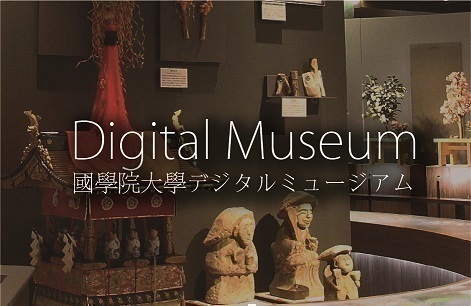- トップ
- Encyclopedia of Shinto
- Kōnomiya hadaka matsuri
Encyclopedia of Shinto
| Main Menu: | |
| Links: |
詳細表示 (Complete Article)
| カテゴリー1: | 5. Rites and Festivals |
|---|---|
| カテゴリー2: | Individual Shrine Observances |
| Title | Kōnomiya hadaka matsuri |
| Text | "Kōnomiya naked festival." Commonly known as the Kōnomiya no hadaka matsuri ("naked festival of the chief provincial shrine"), this festival is held on the 13th day of the 1st month of the lunar calendar at the Ōwari Ōkunitama Shrine in Inazawa City, Aichi Prefecture. This festival, which used to be called the naoi shinji ("misfortune dispelling rite"), began in the Heian Period (794-1185) when kitō (magico-religious invocations) were conducted by order of the imperial court to dispel an outbreak of disease. The ritual is centered on a stark naked man known as the shin'otoko ("sacred male," also called the naoinin, "misfortune-bearing person"). Thousands of likewise stripped-down men jostle one another on the approach to the shrine's Rōmon("cherry gate") entrance in an attempt to be touched by the shin'otoko and have their misfortunes lifted. The festival is preceded by the presentation of a large round rice cake (ōkagami-mochi) to the kami. Also, a dobei shinji ("soil mochi rite") is held at the shrine on the 11th day of the 1st month to pound mochi, mixed and coated with the ashen remains of the rice cakes used in the previous year's rite. The chōya shinji ("government building rite," held at the chōya structure at the shrine) takes place on the 12th. Offerings of naoi-sasa ("misfortune-dispelling bamboo grass") into which locals have consigned their misfortunes are made on the morning of the 13th. The climatic naoi matsuri and its hordes of struggling loin-cloth clad men takes place that afternoon. The following morning sees a yo-naoi shinji ("night naoi shinji") take place starting at 3 a.m. Paper dolls with paper candles attached to their heads are inserted into the blackened dobei, and the dobei are loaded onto the back of the shin'otoko exhausted from bringing the jostling struggles to an end. After a ceremony, the paper candles are set alight and the shin'otoko, supported on both sides, circles the chōya three times to the accompaniment of a large bell (ōnarisuzu). Shrine pilgrims throw small pebbles carved from branches of willow or peach at him as he goes about. He then buries the dobei at a corner of the shrine grounds and heads for home. If the candles should go out quickly while he is being chased, the year will be filled with misfortune; if they are slow to go out, the year will be prosperous. Using chopsticks made from peach wood, shinshoku (shrine priests) gather up the wooden pebbles thrown by the pilgrims and burn them. The ashes are treated as sacred, enshrined in a hokora (a kind of small shrine) to the shigujin (the shrine-managing kami) of the chōya, and will be mixed in with the dobei the following year. — Mogi Sakae |




